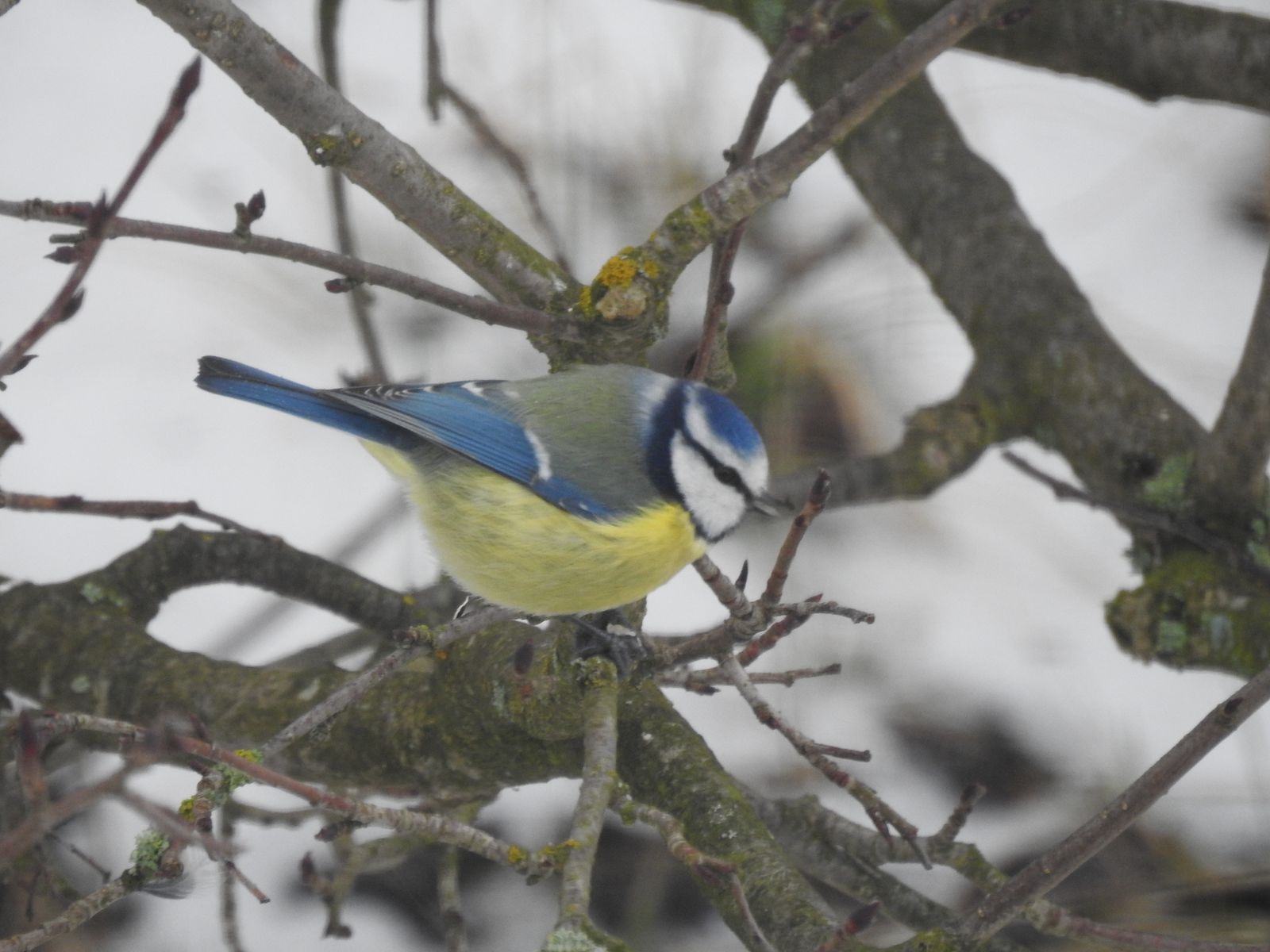These are my recollections of a life behind the iron curtain. I do not aim to give perfect and objective evaluation of anything, but to share my personal experiences and memories. It will explain why I just cannot get misty eyed over some ideas on the political left and why I loathe many ideas on the right.
Guns were not something one would see every day and in every household. They were indeed very, very rare. But they were not non-existent, there was some limited access to guns for the general populace and I got to see and even handle guns as a child. In fact, shooting was a skill that was positively encouraged, although gun ownership was not.
The most obvious case are hunting rifles and shotguns. I live in a small rural town, and there were plenty of gamekeepers around who were sometimes seen walking through the town with their guns slung on the shoulder whilst on the way to/from the forest. The safety requirement was for them to carry the guns unloaded and I do not remember anyone not observing this.
One gamekeeper was a leader of very small (5 people at most) local pionýr club which I attended, centered around nature and care for it. I learned a lot in that club, including how to shoot a varmint rifle. The gamekeeper took us one day far into the forest, to an inaccessible spot near a place where WW2 american aeroplane fell into bog, and he allowed us to take turns in shooting varmint rifle at a paper box hung from a tree. I still remember how my childhood bully (who was unfortunately also a member of the club) got dismayed that my shooting was better than his. But the best shot in the group was of course boy who had a gun at home.
A gun at home, you say? Impossible! Well, air guns were not illegal, although they were not cheap and easy to come by. Everybody got a chance to shoot them at some point. Shooting competitions were very common on fairs when the merry-go-rounds came into town, and they were also ubiquitous in summer camps for kids. Boys and girls were equally encouraged to learn shooting from the regime, although the general culture saw this more as a “boy’s” thing.
The regime wanted everyone to know at least the basic of how to shoot a gun, and since military service was compulsory for men, every man eventually learned how to handle firearms, including automatic and semi-automatic weapons. Not everybody got a chance to handle those weapons outside of military or People’s Militia, but in my town everybody got to see them. Because it is a border town near the iron curtain, and the border patrol was everywhere. Seeing an AK-47 was not something completely unusual, especially outside the town limits.
But getting your hands on one was more difficult. And getting your hands on ammunition even more so. The access to guns was very tightly regulated, and this had one positive outcome – no mass shootings whatsoever. When Olga Hepnarová, an infamous mass-murderer, has planned her deed, she initially wanted to either set off explosives or shoot a crowd from an automatic weapon. She learned how to shoot – which was easy – but was later forced to change her plan due to the difficulty of getting a gun and ammo So she decided to use a truck instead and managed to kill 8 and injure 12 people. American gun-nuts would no doubt use this as a proof of “guns don’t kill people, people kill people”, but to me it is a proof that gun regulations work, because there is no doubt that had she had easy access to guns, the damage she would do would be even greater.









